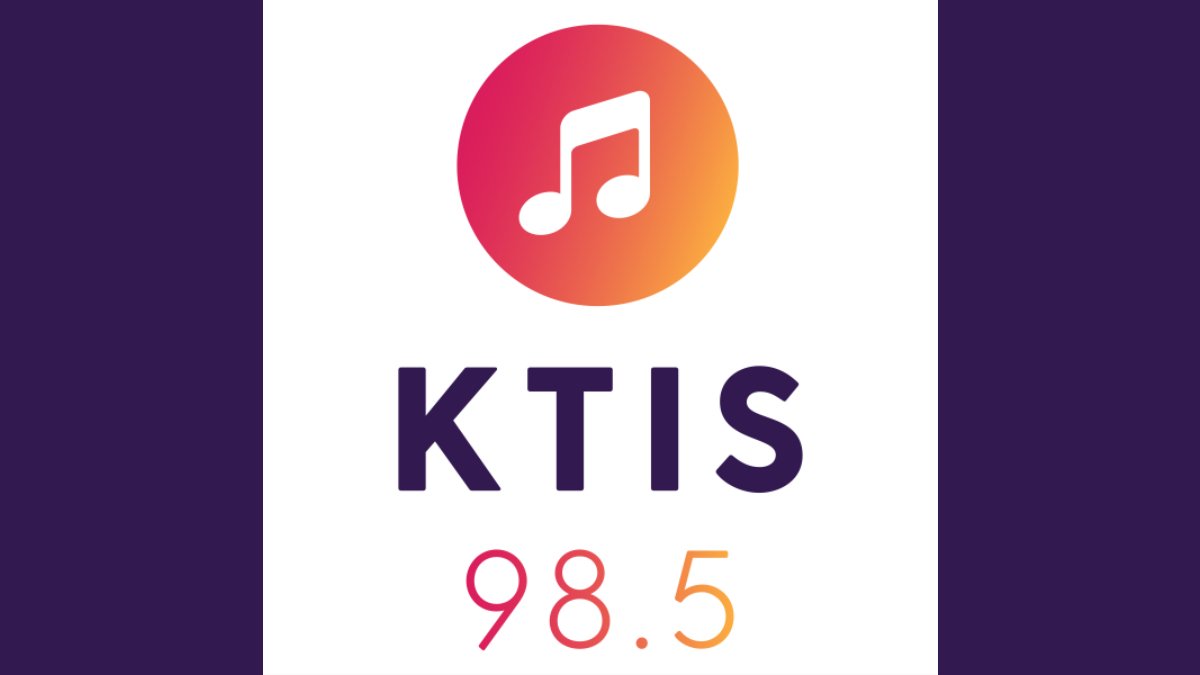For those that don’t closely follow the 6+ ratings as they are published daily in the trades and on websites, you are forgiven if you didn’t notice that KTIS, Contemporary Christian (CC) radio, is the top-rated (6+, M-S, 6a-midnight ) Nielsen-rated radio station in the Twin Cities of Minneapolis-St. Paul. In the July PPM, KTIS has an astonishing 11.6 share with a weekly cume of 382,400!
KTIS is the only CC market leader in the top 30 markets. The next highest-ranked Contemporary Christian station is in Tampa, where it ranked third. In Houston, the CC station has a 5.4 share, tied for fourth. Riverside-San Bernadino, CA, is the only other CC station ranked in the top five.
The only CC stations that exceed KTIS’ 382,400 Cume are Dallas, Houston, and just barely Los Angeles. Even WPLJ, New York, isn’t close to KTIS’ Cume.
Twin Cities Business Magazine was impressed enough by KTIS’ accomplishments to run a feature story on the station titled “KTIS: The New Radio King” by Adam Platt. (Full disclosure: Adam is a friend and has written about me and other times used me as a source in his media stories).
Platt writes that the University of Northwestern owns KTIS and that it’s a live and local radio station with a morning show co-host inducted into the Minnesota Broadcasters Hall of Fame.
Further, KTIS does not follow commercial radio’s business model. It operates similarly to an NPR or PBS station. “It holds pledge drives to raise funds and receives support from individuals. It airs no advertising but accepts underwriting sponsorships,” notes Platt.
The story describes KTIS’ programming as “predominantly music and its air talent adopts a tone similar to that of commercial radio. Like a commercial station, KTIS tests its music with audiences in email surveys.”
The analysis even contains words of praise from a competitor in the market. “’It’s very well done. It’s good radio, produced quite well. They’ve got resources, marketing, a feeder system for talent and producers at the University,’” notes competitor Dan Seeman, VP/regional manager for Hubbard Radio Minnesota.
Platt concludes, “How long KTIS’ run may last is anybody’s guess. Also, anybody’s guess is why the station resonates in this community in a way religious broadcasters don’t in other markets.”
It’s a good analysis of KTIS’ programming. KTIS may have earned its ratings with solid live and local programming, strong air personalities, tested music, marketing, and tools many successful radio stations have employed for decades.
At the end of the article, Platt wonders if KTIS’ success has anything to do with the residuals of pain and violence in the aftermath of the George Floyd tragedy. “Is there an acknowledgment that this community is enduring greater depths of struggle and despair than most? Allowing a radio station that speaks to people in hard times to enjoy its greatest success ever.”
He closes with the comment, “Unfortunately, that’s a question Nielsen’s audience meters don’t answer.”
I can’t agree with that line of his article. While it’s true that PPM meters don’t tell us why people behave in specific ways, we can derive more information from Nielsen ratings.
I believe everything written about the KTIS in the Twin Cities Business Magazine article. However, when I see the Contemporary Christian station in Minneapolis-Saint Paul (nearly) doubling the share of the only other two stations in the top five in their markets (Tampa – 6.3 and Houston – 5.4), both cities which have much better profiles for Christian stations, well, my Spidey Sense goes off — no disrespect to KTIS intended.
I don’t have access to PPM data. If I did, I would look for clues to determine where KTIS’ ratings most likely came from. Possibilities include picking up more listeners. Existing listeners listening longer or on more occasions. These can be found in the Analysis Tool. Gains attributable to these factors would suggest programming (or perhaps marketing) is responsible for increased ratings.
Low cume and high TSL stations may also see rating spikes if they add one or two large families in the sample. In the diary era, each person was in the sample for only one week. With the Personal People Meter (PPM), a person can remain in the sample for two years!
Further, Arbitron would send up to nine diaries per family. Nielsen will send up to 16 People Meters. Previously, ratings measured persons ages 12 and over. Now, Children 6 to 11 years of age are in the sample.
Nielsen’s target sample for the Twin Cities is 1,250 total meters. It’s safe to assume that the average daily sample in any month is between 1,200 and 1,350.
One or two large families with a large number of heavy listening meters could skew PPM results. It happens fairly often. When I was at WIP-Philadelphia, a competitor landed one Male 18-24 African-American meter with heavy listening. It remained in-tab for quite some time and impacted the overall ratings. It isn’t hard to find outliers.
Anybody with access to KTIS’ Control Panel Report by zip code would spot it quickly. If a large percentage of the station’s quarter-hours come from a few zip codes, especially if listening occurred among different meter keepers at the same times, that would be a solid clue.
In the Analysis Tool, the listening events can be isolated one at a time to find where the quarter hours are. That would be enough for the indictment.
But here’s where to find a sure giveaway. If one or two large families are causing a ratings spike, they almost certainly have children (6-11) or teens (12-17). If KTIS has a high share of either demo or if either demo makes up a large share of the station’s total AQH, then almost certainly, one or two families have a large number of meters in the sample.
If KTIS is getting its ratings from one or two families, then it is one of the flaws of the PPM measurement system. It could take up to two years for the family (or families) to drop out of the sample, but when it does, KTIS will return to Earth as quickly as it rose to the top.
It’s also noteworthy that while KTIS’ ratings have been at or near the top since last April, their biggest month (thus far) is July, when children are out of school. If the station got a considerable portion of its quarter hours from school-aged kids, their numbers may drop starting in September.
From the limited information available, it’s impossible to be sure whether KTIS’ ratings are due to superior programming or a couple of families having an outsized impact on the ratings. With Nielsen’s Analysis Tool, a Twin Cities programmer could quickly determine the most likely answer to KTIS’ ratings.
Regardless, achieving multiple number-one ratings victories is a credit to KTIS and something I don’t recall another Contemporary Christian station ever doing.
Congratulations to everybody at KTIS on their triumph.
Andy Bloom is president of Andy Bloom Communications. He specializes in media training and political communications. He has programmed legendary stations including WIP, WPHT and WYSP/Philadelphia, KLSX, Los Angeles and WCCO Minneapolis. He was Vice President Programming for Emmis International, Greater Media Inc. and Coleman Research. Andy also served as communications director for Rep. Michael R. Turner, R-Ohio. He can be reached by email at andy@andybloom.com or you can follow him on Twitter @AndyBloomCom.







